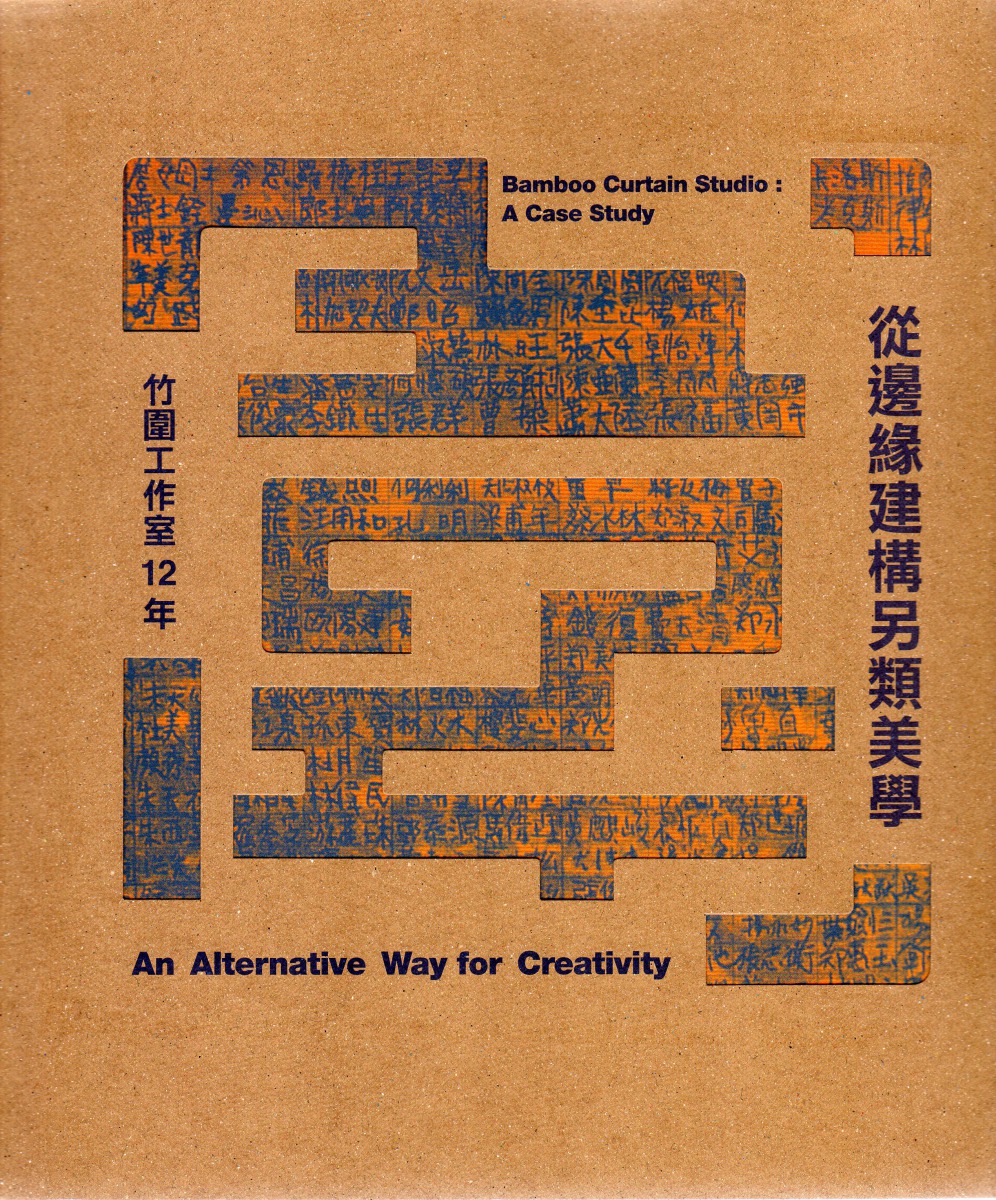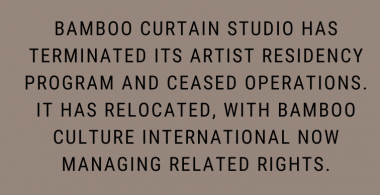
It is with heartfelt thanks that this book is now published, as a case study of how an alternative artspace, at the edge of the city, edge of the river, and edge of the mainstream of arts and culture, canorganically evolve into a unique structure for the creative talents.
You can browse through this book via thefollowing sequence to absorb that meandering logic of such a development.
Firstly, Professor Huang Hai-Ming helps to orient us to see the validity and importance of the whole concept of alternative space, and how it is vital to the creative economy of Taiwan, in different perspectives, by examining in great detail chronologically, our interrelated activities in the past. Anne Yao, our programmedirector, who has helped in all these years in our various researches, highlights our development path andprocess of that winding way.
Then in Chapter 1, I wish to show our stars, these very creative artists: all the juicy acts that has happened in our little studio, and why others refer to us as a "secrete garden of the arts". Many have come through our gate, I am so happy that so many "graduates" contribute to this book so that you understand why they still remember dearly, to this alternative site.
Chapter 2 is where we investigate our location. We have invited Catherine Grout, our "French
connection," to validate, our on site artists' intervention into urban development. While Professor Huang Jui Mao examines how the location of the Bamboo Curtain Studio, along the historical Tamsui River, is a vital link to local development.
Lastly, it is necessary to show to our readers what is not easily seen on site, the software of power of the arts, and the spiraling connections that have evolved through this space. We thus interviewed five individuals: Lin Cho-Shui, Chu Hui-Liang, Danny Yung, Lai Hsiang-Ling and Wu Mali. You will hear their concerns about our Studio, and culture developments in general. Their input will help to contextualize the culture environment of Taiwan from their perspective, while we will use all these contributors' observations to re-examine our validity as an alternative space and give us suggestions in directions for the future.
It is our intention that this case study will help validate the existence of alternative spaces as a vital link to contemporary culture development, and thus encourage others to develop in their own unique ways also.

